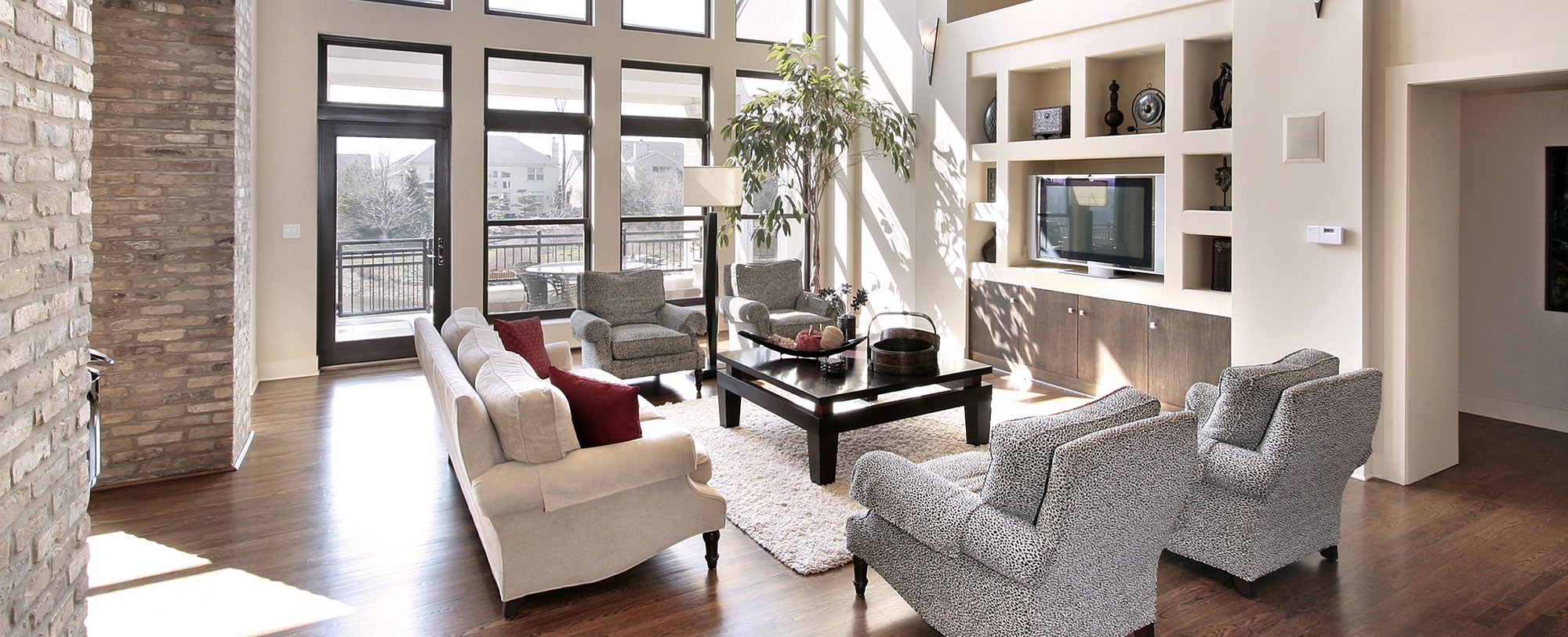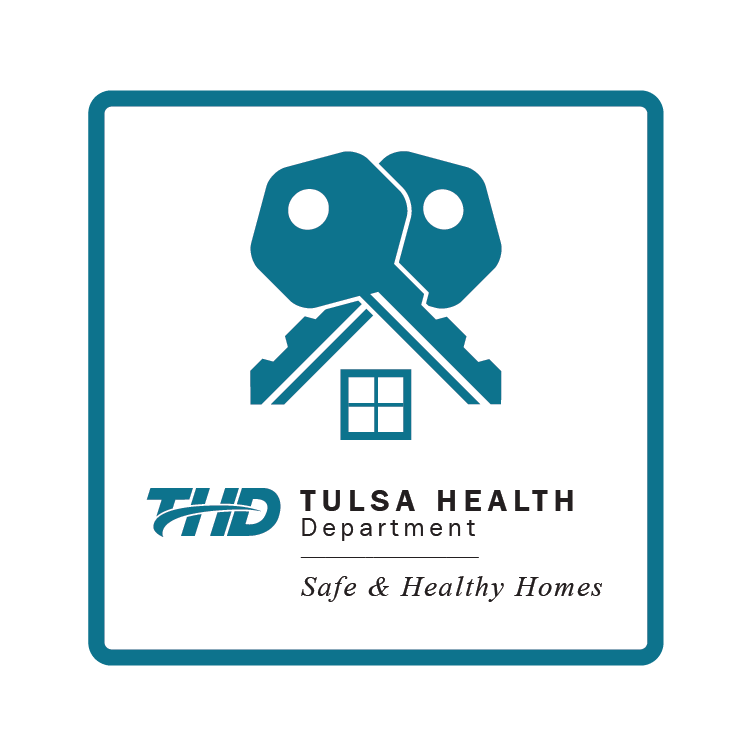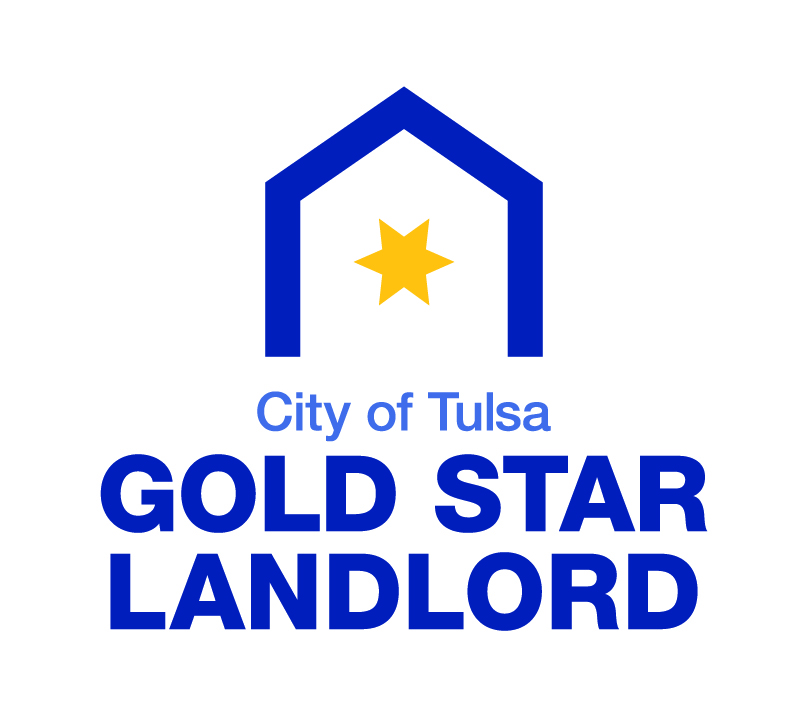Knowing the difference between normal wear and tear and property damage is crucial for both tenants and landlords.
- Tenants: If you cause damage — even by accident — you could lose part or all of your security deposit if it’s not repaired.
- Landlords: It’s easy to mistake normal aging for damage and unfairly charge tenants.
The line isn’t always clear. Here’s a breakdown of common areas of confusion and examples of what’s considered wear and tear vs. damage.
Use this guide to distinguish between normal wear and tear and property damage for common areas in a rental property.
Area | Wear & Tear | Damage |
Appliances | Minor scratches; burned-out bulbs; dryer thermostat failure from normal use | Overloaded washer damage; dryer lint trap neglect; metal in microwave; broken parts, mold, burn marks |
Wood Flooring | Faded color; scuffed varnish in high-traffic areas | Scratches from furniture/pets; water damage from spills or open windows |
Tiles | Loose/dirty/discolored grout | Cracked or missing tiles; moldy grout from poor cleaning |
Walls & Paint | Fading; hairline cracks; minor peeling from humidity | Large scrapes; holes; drill marks; drawings; stains; smoke damage |
Wardrobes, Cabinets & Doors | Slight warping; minor laminate peeling | Deep scratches; broken hinges/doors; missing shelves; mold/sticky residue |
Bathroom, Kitchen & Plumbing | Occasional drain clogs; minor rust; worn enamel | Blocked drains from misuse; broken mirrors; chipped enamel; missing shower fixtures |
Carpets | Fading; mild wear in high-traffic areas | Holes/tears; water damage; mold; pet stains/odors; spills; burn marks |












